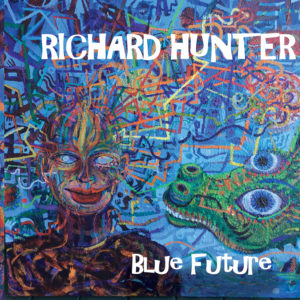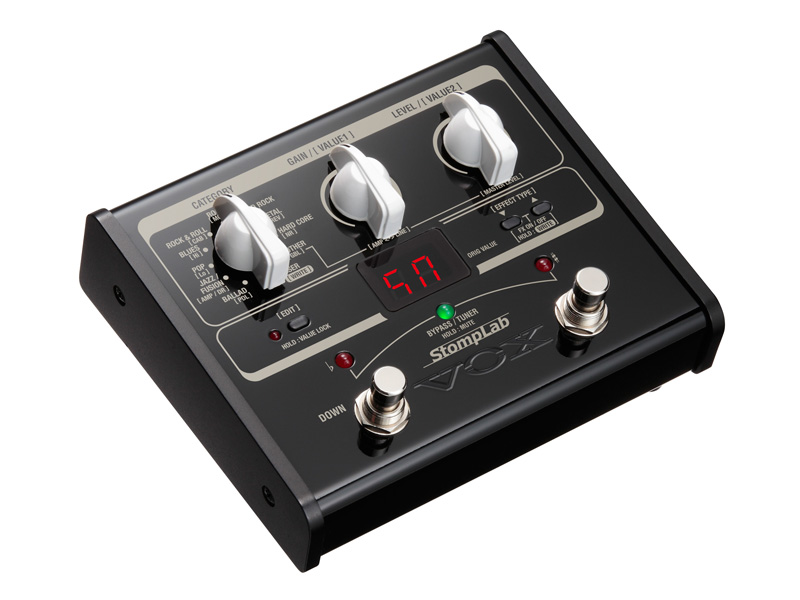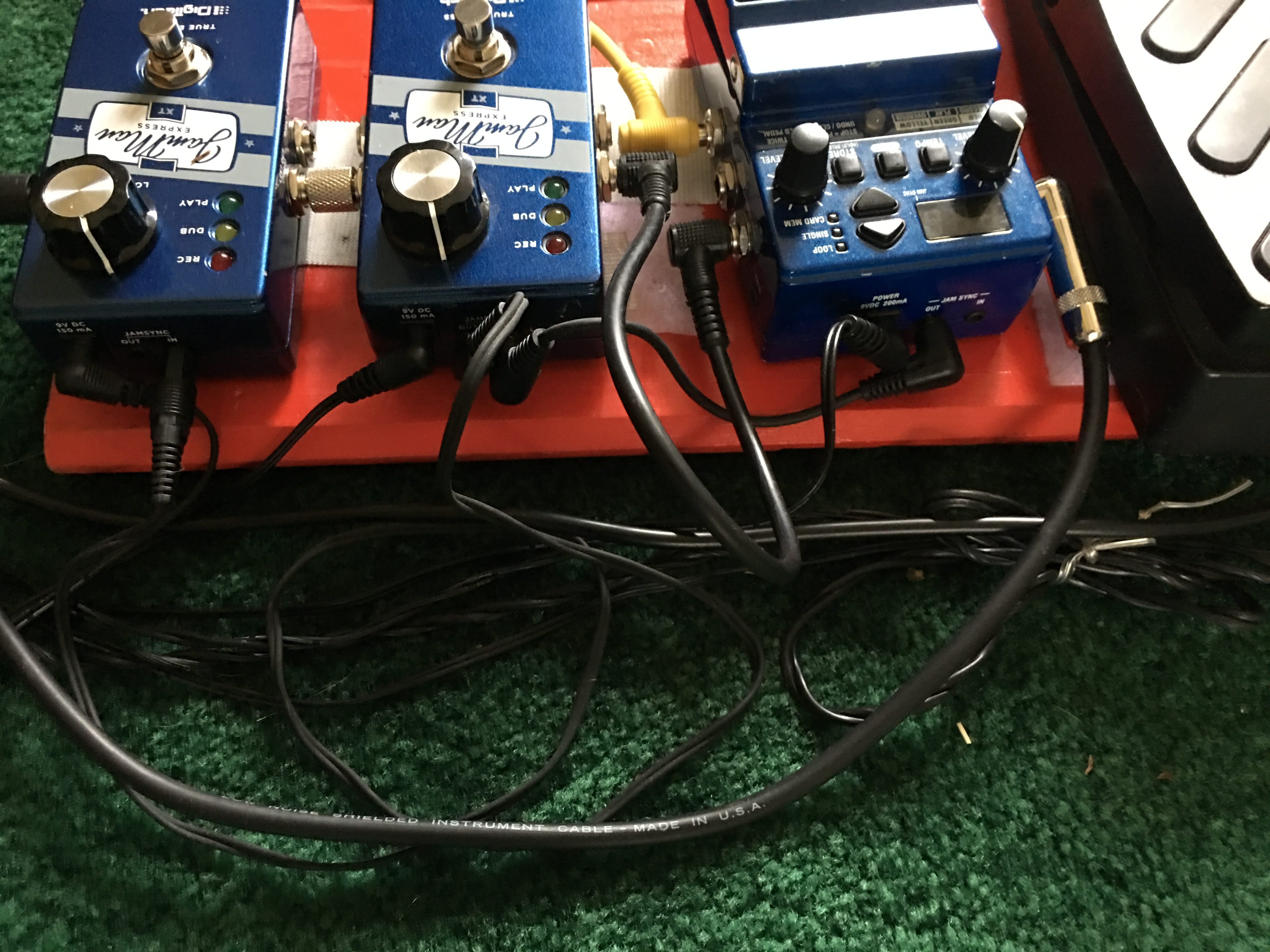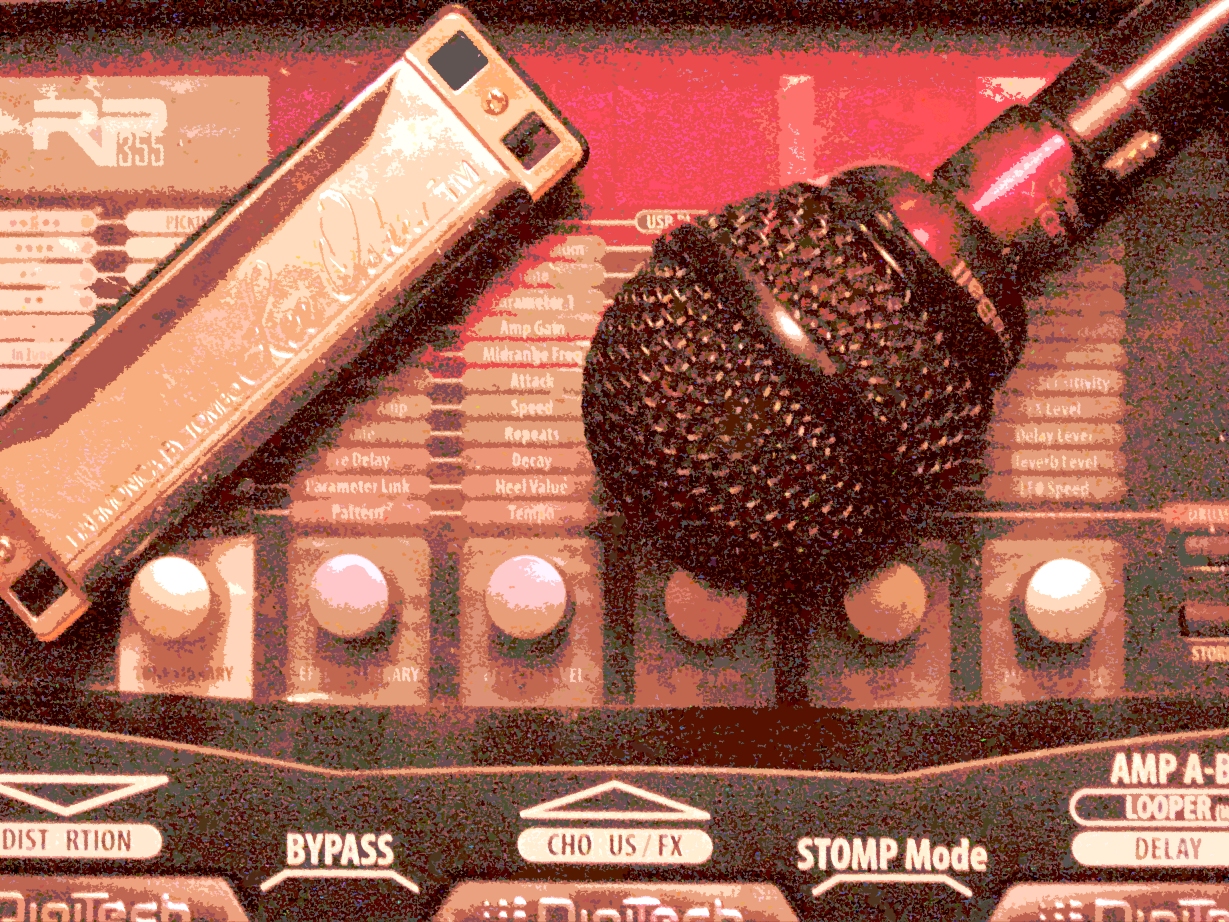
A relatively brief rant about blues harmonica gear
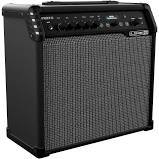
I always get a kick out of blues harp players who say out of one side of their mouths that the all-important thing is to express your own sounds and ideas, and on the other that there’s only one amp, one mic, one delay, etc. etc. that can give you a “real” blues sound. That doesn’t make sense, so let’s just call it nonsense.
Next time somebody tells me that a particular setup is the be-all and end-all and nothing else will do, include an audio or video clip that shows me what you sound like through that rig. Don’t show me a clip of anybody else; I’m not impressed that so-and-so used rig X on occasion Y when I know that a great harp player sounds great playing through a tin can attached to a string, and most of the greats have played and recorded through dozens if not hundreds of different rigs with outstanding results. I want to know what magic that setup produces in YOUR hands.
I actually saw a post from someone on one of the harp forums where the poster asked “What makes Kim Wilson better than the rest of the people who play Chicago style blues?” The question only makes sense if you think that Kim is defined by the gear he uses–that any harp player who has the traditional rig and plays in a traditional style sounds exactly the same. Not so. Rip the amp off the stage where Kim is playing and he’ll still sound exactly like Kim Wilson. That’s why he’s great. It’s not the amp, folks, because I know for a fact from decades of observation that there are only a relative handful of people in the world that can make those sounds with or without an amp. Kim is a great musician. He plays the right stuff in the right places with the right sound to make you feel what he wants you to feel. That’s what makes him better.
For that matter, Little Walter’s best-known recordings–the ones from the late 40s with Muddy Waters’s Band and the early-late 50s under his own name–were not made using the standard oh-my-God-don’t-use-nothin-else-for-harp rig of Fender Bassman plus whatever crunchy mic the player prefers. So with that rig we’re already talking about a modern upgrade to Walter’s preferred gear. It’s like replacing the pianoforte that Beethoven used in the early 19th century with the grand piano that became available in the late 19th century (and which is the preferred instrument for playing Beethoven today). Did Walter have a delay pedal? Maybe not–it seems to me that the reverbs and delays on his studio recordings were added at the recording console, not on the harp-mic-amp chain. So there’s another modern upgrade. Where do you think the upgrade trail ends?
Perhaps if we all stop pretending that there is only one great sound for harmonica, we can start to explore sounds that will help us ensure that the harp stays relevant beyond the bounds of a style that was created in the late 1940s. It’s a great style, but come ON. 70 years later, don’t we have anything new to say? Don’t just think in terms of tones; think in terms of the roles a harmonica can play in a band. Why shouldn’t harmonica play a role besides some kind of horn? Guitars used to be restricted to playing chords in the band, you know. They moved on, and it didn’t hurt ’em none.
If you liked that, you’ll like these:
the 21st century blues harmonica manifesto in sound
Get it on Amazon
Get it on iTunes
the rock harmonica masterpiece
Get it on Amazon
Get it on iTunes
Tags In
Related Posts
Leave a Reply
You must be logged in to post a comment.
WHAT’S NEW
Categories
- Audio/Video
- Blog
- Blue Future
- Digitech RP Tricks and Tips
- Discography, CDs, Projects, Info, Notes
- Featured Video
- For the Beginner
- Gallery
- Hunter's Effects
- Hunter's Music
- Huntersounds for Fender Mustang
- Meet the Pros
- More Video
- MPH: Maw/Preston/Hunter
- My Three Big Contributions
- Player's Resources
- Pro Tips & Techniques
- Recommended Artists & Recordings
- Recommended Gear
- Recorded Performances
- Reviews, Interviews, Testimonials
- The Lucky One
- Uncategorized
- Upcoming Performances
- Zoom G3 Tips and Tricks
